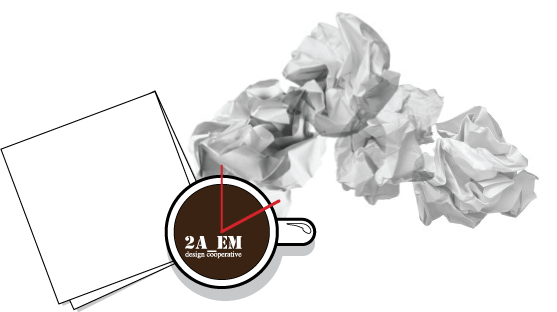

The park softens hard edges created by urban residences to the west, large cultural complexes to the east and the river embracing the site perimeter. The resultant softening creates a multitude of new relationships and accessibility with the waterfront. Physical access to the river, access to education and information regarding river ecology and access to jobs through community gardening reengage residents with water as a resource in a full range of social and recreational activities.
Strategic planting restores and refreshes the soil on site and filters runoff before entering the river maintaining and improving the health of the river as an amenity. Embedded within the comprehensive bioremediation strategy, implied program hugs the water’s edge. Soft delineations are marked through unique relationships to the riverfront; community garden, beachhead, and art island. The passive characteristic of the river reemerges in an active dialogue with the park user.
Conceptually, the park draws from the diverse strengths and unique potentials in the surrounding context to activate new public space: a confluence of culture, economic innovation and individual repose. Strategic design emphasizes the relationships between greater natural, social, civic, and economic ecologies: where dualities exist they are reinterpreted as strengths and harnessed to emphasize the unique characteristics of the site’s surrounding context.

The north end of the park extends the museum’s impact through the introduction of an outdoor sculpture park. Set among waving grass a prairie is peppered with sculptures to be discovered, viewed, engaged, and reflected upon. To further heightening views, an island creates a new platform for viewing one’s surroundings from a vantage point encircled by a wetland marsh. The sculptures occupy an ecotone from prairie to marshland: an extended threshold. Here birds, frogs, lizards and snakes call home.
The south end contrasts the individual intellectual experience with a community based garden and market. The transition is dappled with trees opening to terraced modules creating a tapestry of gardens and ponds aiding the cultivation of local food sources. Physically engaging with earth reconnects residents to natural processes and cycles of growth strengthening community and improving health for residents across the river. Through this haptic engagement, the community gardens create a new micro-economy for residents by growing and selling healthy, local foods.



No comments:
Post a Comment